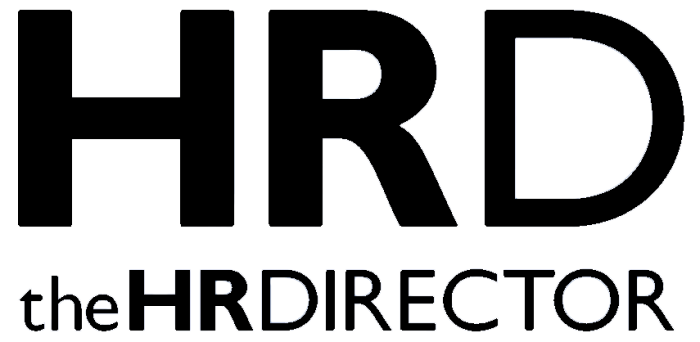There is great interest in the creation and maintenance of ‘good employment’ from many perspectives – from job quality, to meaningful, decent and engaging work.
The uniting thread in these different approaches is concerned with optimising our understanding of positive and enriching employment terms and conditions. Such interest exists because the benefits impact positively at the individual level, and, in turn, they impact a wealth of organisational outcomes from loyalty, commitment, and increased performance and productivity.
Importantly, we know that being treated badly at work is detrimental to health, and these impacts can be cumulative, severe and long lasting. Therefore, there is a need to heighten awareness of good work.
Wellbeing is at the heart of this agenda and is both a driver and an outcome of treating employees well. Addressing good workplace experiences without an emphasis on the consequential agenda for employee health, is, (although sadly still common) misinformed and shortsighted.
What is ‘good employment’?
Good employment is inherently associated with the inclusion and fairness agenda in that good employment practices are built upon notions of equal access to good employment terms and conditions for all employees.
And these ingredients of good employment are wide and far-reaching, encompassing all elements of the employment lifecycle from recruitment to development opportunities; from people management to flexible work, employee engagement and voice, alongside fair pay, security and experiences of well-being.
Good employment is a broad umbrella encompassing many elements of one’s workplace lived experience, and though there is not a universal criterion for its component parts, numerous models and frameworks exist to capture the common ingredients. It is the right thing to do from the moral and ethical standpoint and also, in turn for the business case.
How can businesses implement good employment initiatives?
One way of implementing good employment initiatives is through good employment charters (voluntary schemes often led by local governments to build economic growth through good work in a locality/place), such as the Greater Manchester Good Employment Charter.
They provide organisations with the opportunity through membership to provide evidence of and commitment to their good employment practice. Moreover, they create a network of shared learning across different organisations and an opportunity to develop a learning culture.
Critics of such initiatives raise the important consideration of the motivation to participate in such schemes and we know for many employers this is reflective of the genuineness of the values that a good employment initiative promotes.
For others, perhaps, there is engagement for strategic purposes, but less embodiment of the inherent values of treating employees well, because it is the right thing to do.
In our research, we spoke to organisations involved in good employment initiatives to seek their views on the challenges and complexities of the EDI agenda alongside the creation of good work.
The challenges and complexities of a good employment agenda
We suggest that good employment agendas cannot exist without a commitment to EDI.
Of course, there are numerous conflicting discourses surrounding this complex agenda that are as concerning as they are ever-evolving. However, investment in good employment for all employees will support positive outcomes for all employees which in turn supports organisational and wider societal outcomes.
In our recent work we advocate for this approach but of course recognise there are many underexplored nuances and challenges from an HR perspective that warrant further attention.
We summarise some of these challenges here.
The ‘how’ as well as the ‘what’
Do we really know enough about what an inclusive culture and climate look like in practice at the employee level? And how do we translate the principles of EDI into employee lived experience?
Inclusion is very much a fluctuating and undulating experience predicated upon the strength of an organisational culture and its values. We suggest that much further work is needed to understand the mechanisms that support alignment between values and behaviours, and indeed ways of capturing and measuring this.
Experiences of inclusion can quickly become precarious for employees. Most workplaces will comprise individual employees who all differ from one another significantly in their attitudes, values, viewpoints, political orientations and emotional reactions to the multiplicity of topics in the EDI space.
Perhaps what this means in practice is that understanding your organisational culture and climate with respect to EDI and related notions of fairness is messy and fluid. An employee may for example encounter a highly inclusive experience within their direct team, but discriminatory behaviours when interacting with their manager (or vice versa!). An action from an employee or manager can undo broader commitments from HR or policy.
These different experiences as employees interact with numerous individuals across the working day therefore can be highly consistent or inconsistent. So then is your organisation’s identity as it relates to good employment and experiences of inclusion. Gaps between policy and lived experiences are critical in understanding how and when things go right or wrong.
Leadership, socialisation and values
One of the questions we ask employees to reflect upon is the extent to which one expects work to be ‘good’ or indeed ‘bad’, and we sometimes encounter examples of where employees expect poor job quality.
Our orientation to work influences our perceptions and expectations of it. If we expect work to be excessively burdensome, or in some way unfair, we may be more likely to expect or come to tolerate stressful working conditions or discriminatory treatment, for example. If we are a leader, those values we hold about what work should be like for others will naturally impact how we treat them.
To understand this more we can consider the notion of socialisation within organisations, that is, how values and attitudes are developed and percolate across and between different layers of the organisation. We see numerous examples of this in the organisations we speak to.
Sometimes we see damaging changes to organisational subcultures in a short space of time due to a new influential senior leader who, for example, doesn’t care for or see the benefit of well-being initiatives. Their values and attitudes sometimes create quite rapid changes in employees’ confidence to speak out or raise issues. We also see the power of role modelling and disclosure of leaders’ and managers’ lived experiences as encouraging open cultures where employees can share and disclose.
Many discourses in the EDI space centre on belonging and bringing one’s whole self to work. We note the many under-explored complexities that operate in practice here. Keeping work separate from our circumstances, background, experiences and trauma is impossible. Bringing (or not) your whole self to work is therefore laden with complexity.
Individual differences in the desire to share, and organisational climates that make it more or less possible or comfortable to do so are crucial components of creating good and inclusive work across the vast EDI agenda.
Skill development needs for EDI and good employment
We know that for some EDI specialists within the HR field and beyond there is a great deal of comfort and confidence in addressing all aspects of EDI and their advocacy for this pertinent agenda in shaping good work. Yet, for many employees – those both within and outside the HR function, those who hold managerial roles and those who don’t, there are difficulties in knowing how to confront this agenda.
In our research, employees relayed examples of polarising narratives, feeling unsure about the complexities concerning what language to use, and felt uncomfortable about the fast-paced nature of change and evolution in the EDI agenda.
The employees cited a need for the provision of expert support through, for example, a community of practice, where the complexities of a particular EDI topic(s) can be openly addressed alongside the fear of ‘getting it wrong’, and where they could explore and learn from real-life examples of other organisations’ stories about their journey with a particular element of EDI.
We suggest organisations engage in structured reflections to explore their current thinking about how EDI and good employment create challenges and opportunities.
We designed a reflection log for organisations that included prompts such as:
- Which elements/topics of EDI do we feel most and least experienced and comfortable in addressing and why?
- What data do we collect about EDI? How do we assess the impact of any activities we engage in? What more do we need to learn about this?
- What examples do we have of where things are not working well and where we need to do more?
- Which elements of good employment are most concerning for our organisation with regards to EDI? Where do we feel we have most good practice? How can we further build on this?
- How equipped are our line managers to support the EDI agenda? What more do we need to learn and what support is needed?
- How do we ask our employee population what they need with regards to the creation of a fair and inclusive workplace? How can we further build on this?
- What do we do here to foster psychological safety, trust and belonging and shared values? How can we evidence the EDI culture and climate?
Creating a thriving work environment
Good employment is predicated upon positive experiences of work. You can’t create a thriving environment unless everyone thrives.
A good employer doesn’t exist unless all employees have parity in their positive experiences within that organisation. Idealistic – yes, perhaps. But this illustrates how EDI and good employment are, in some senses, two sides of the same coin.
Understanding the mechanisms that sit below how experiences of good employment happen for your employees, how they are driven and sustained by values and culture are important in unpacking the challenges for all organisations.







